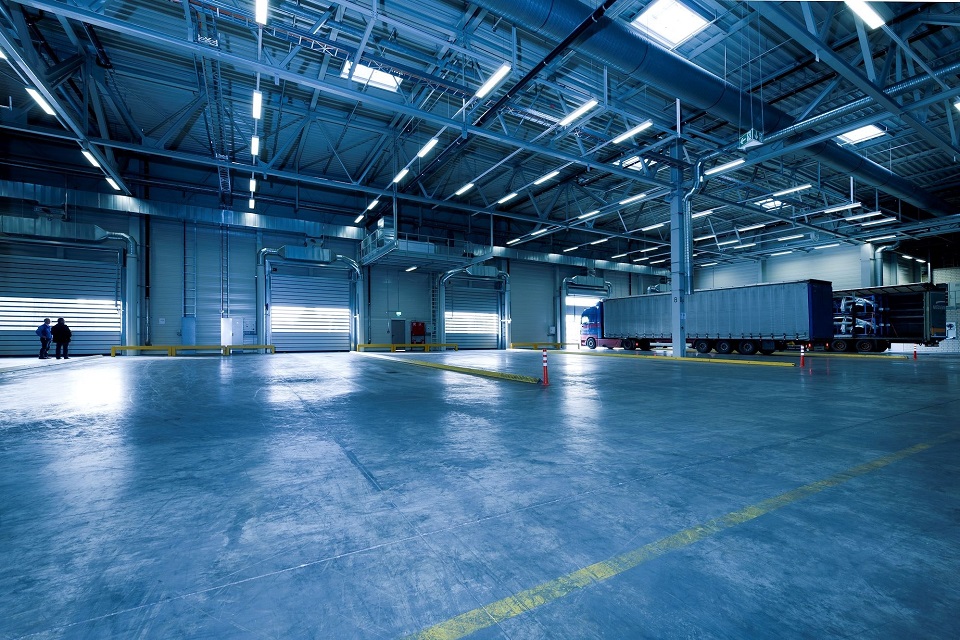Warehouses are bustling hubs of activity, storing and distributing goods on a large scale. Ensuring the safety of personnel, equipment, and inventory within these facilities is paramount. Regular maintenance is a cornerstone of a safe warehouse environment. Here’s a look at essential maintenance practices that can significantly improve warehouse safety.
Table of Contents
1. Racking System Inspection
Warehouse racking systems are integral for storing goods efficiently. Regular rack inspections for workplace safety are crucial to identify any signs of damage, misalignment, or instability in the racks. Addressing these issues promptly can prevent collapses, falling items, and potential accidents.
2. Proper Lighting
A well-lit warehouse is a safer warehouse. Adequate lighting enhances visibility, reduces the risk of accidents, and ensures that employees can navigate the facility with ease. Regularly check and replace any burned-out bulbs or damaged fixtures to maintain optimal lighting conditions.
3. Forklift Maintenance
Forklifts are essential tools in warehouse operations, but they can also pose risks if not properly maintained. Regular maintenance checks (such as inspecting brakes, tires, and safety features) ensure that forklifts operate smoothly and safely. Promptly address any issues to prevent accidents or breakdowns.
4. Fire Prevention Measures
Warehouse fires can have devastating consequences. Regular maintenance of fire prevention systems, such as fire alarms, sprinklers, and fire extinguishers, is crucial. Regular inspections ensure that these systems are functional and ready to respond in case of an emergency.
5. HVAC System Maintenance
Proper ventilation and temperature control are vital for warehouse safety and employee well-being. Regular HVAC system maintenance ensures optimal air quality, temperature regulation, and the prevention of potential hazards related to poor ventilation.
6. Floor Maintenance
Maintaining warehouse floors is vital for preventing slip-and-fall accidents. Regularly inspect and repair any cracks, uneven surfaces, or spills promptly. Non-slip coatings and markings can also enhance safety by indicating walkways, hazardous areas, and emergency exits.
7. Electrical System Checks
Electrical systems power various equipment and lighting in warehouses. Regularly inspect wiring, outlets, and circuit breakers to identify potential fire hazards or malfunctions. Address any issues promptly and follow proper electrical safety practices.
8. Emergency Equipment Inspection
Emergency equipment, including first aid kits, eyewash stations, and safety showers, should be regularly inspected and well-maintained. These items are essential for providing immediate assistance in case of accidents or injuries.
9. Conveyor System Maintenance
Conveyor systems are commonly used in warehouses to move goods efficiently. Regular maintenance of these systems ensures smooth operation and prevents jams, breakdowns, and safety hazards.
10. Training & Education
Regular safety training and education sessions are a form of maintenance for warehouse safety. Ensure that employees are aware of safety protocols, emergency procedures, and proper equipment usage. Keeping safety knowledge up-to-date reduces the risk of accidents caused by negligence or lack of awareness.
11. Pest Control
Pest infestations can compromise warehouse safety by damaging inventory and spreading diseases. Implement regular pest control measures to prevent infestations and promptly address any signs of pests to maintain a safe and hygienic environment.
12. Document Maintenance Procedures
Create a detailed maintenance schedule and document all maintenance procedures. This includes dates of inspections, repairs, and replacements. Keeping a comprehensive record helps track maintenance activities and ensures that nothing falls through the cracks.
In conclusion, regular maintenance is a cornerstone of warehouse safety. From inspecting racking systems and forklifts to maintaining emergency equipment and implementing fire prevention measures, these practices collectively contribute to a secure warehouse environment. By prioritizing maintenance, warehouse operators can not only prevent accidents and injuries but also create an efficient, organized, and safe workspace for employees and the goods they handle.



